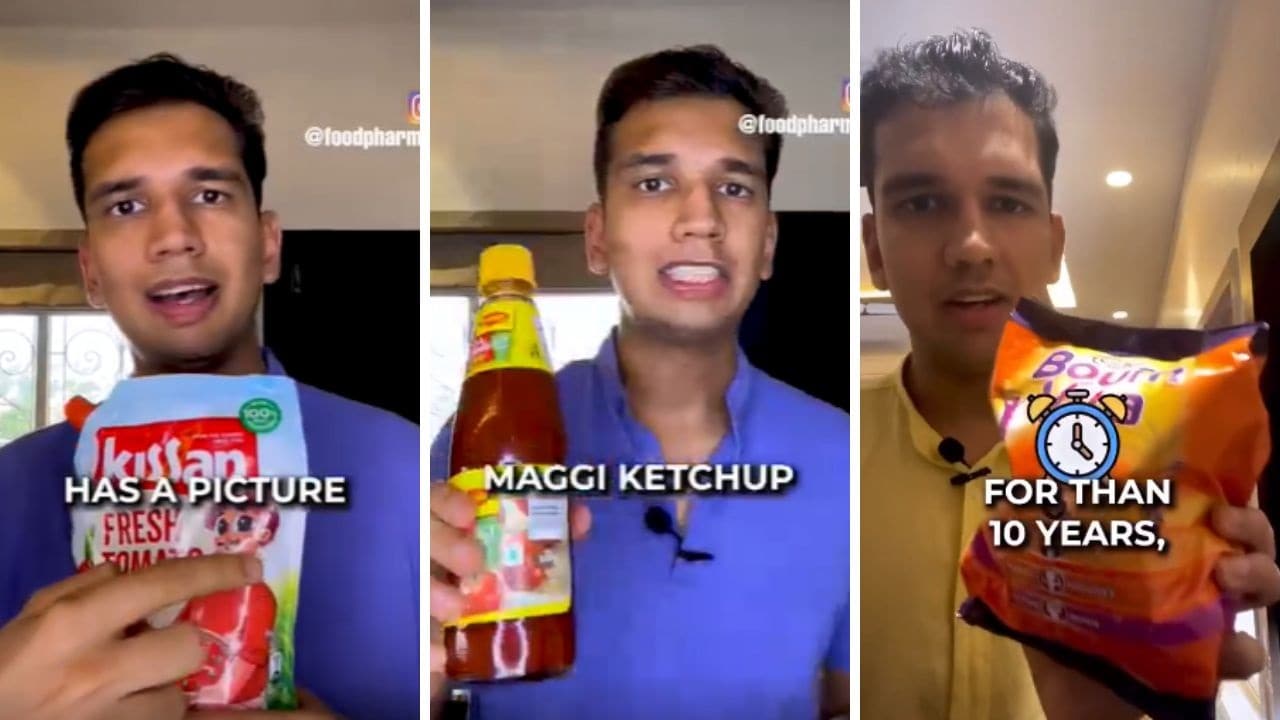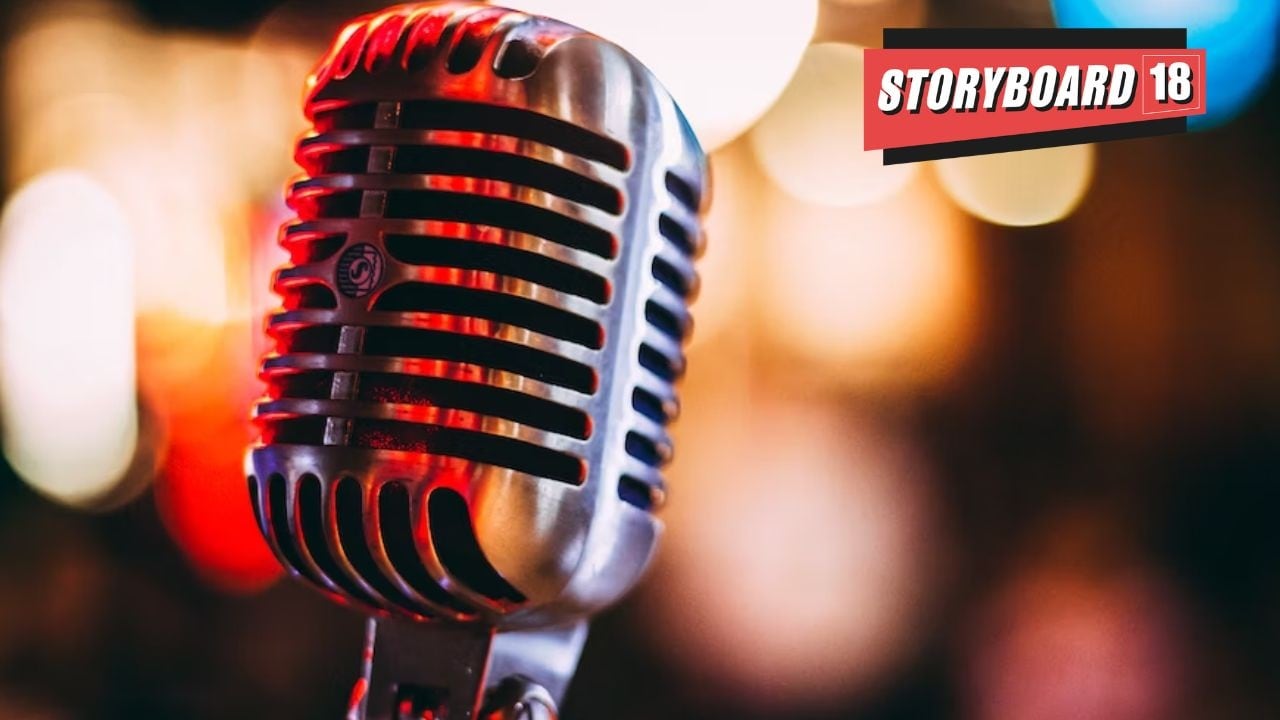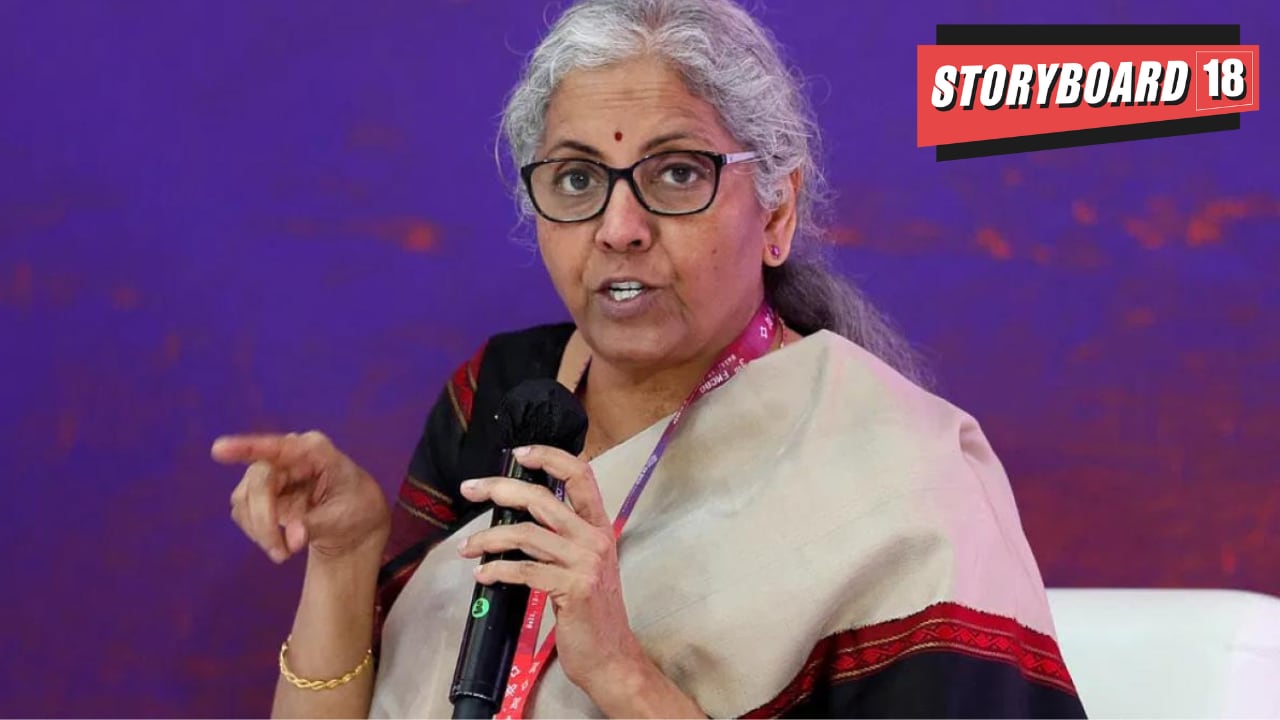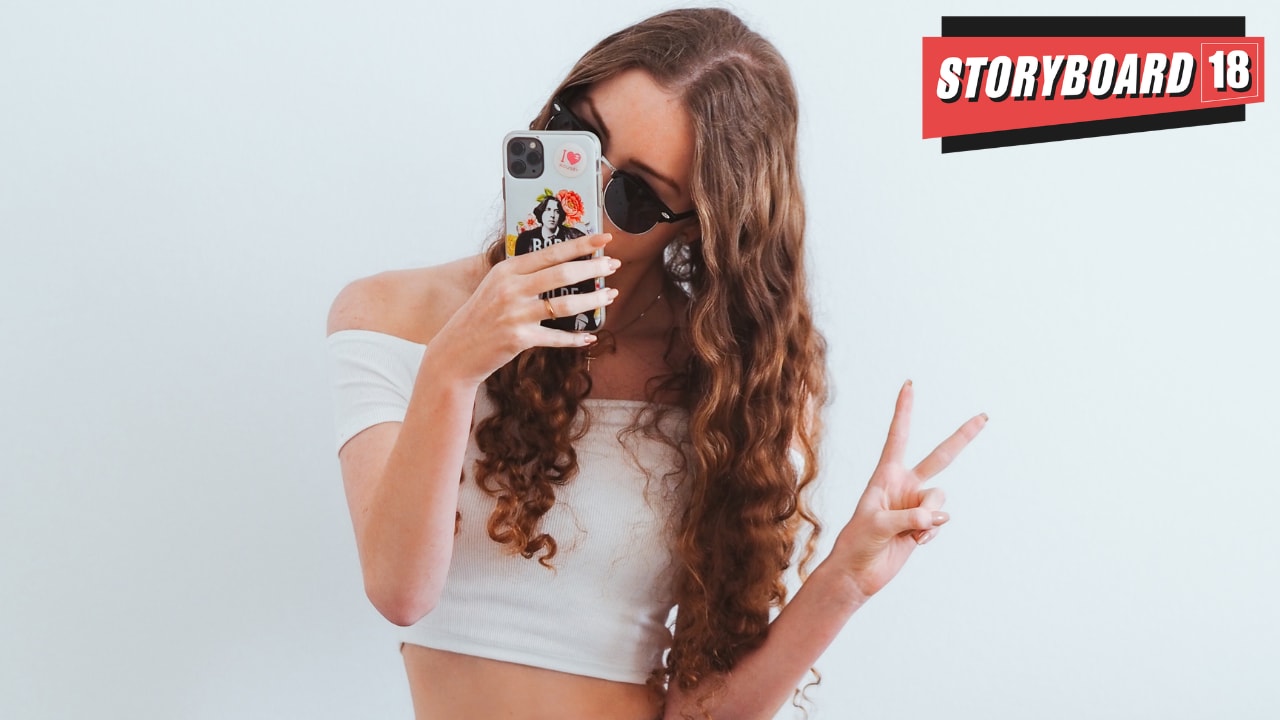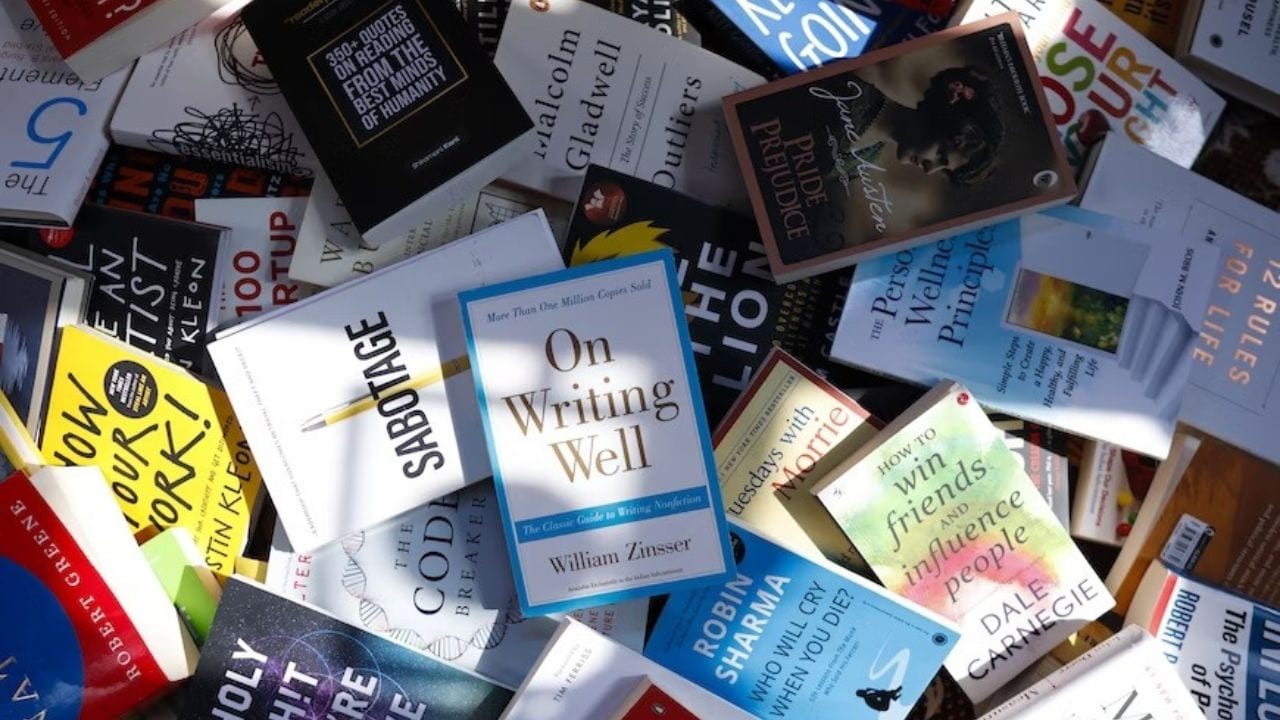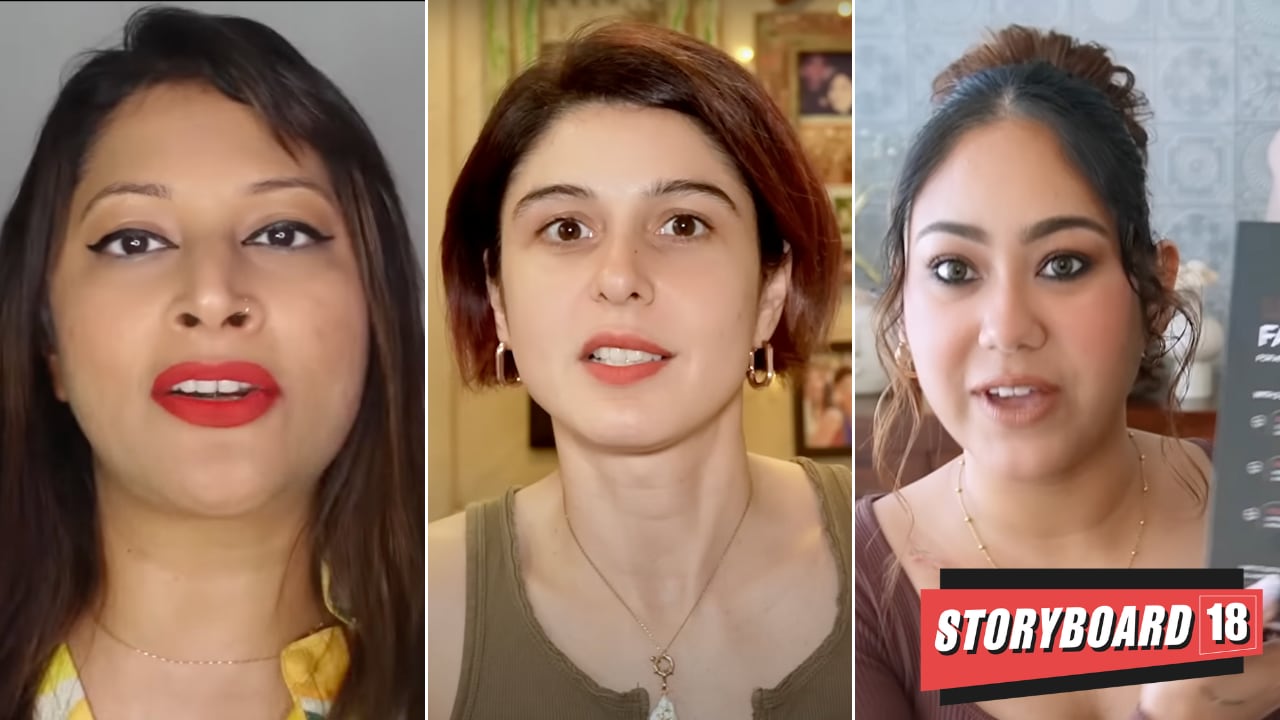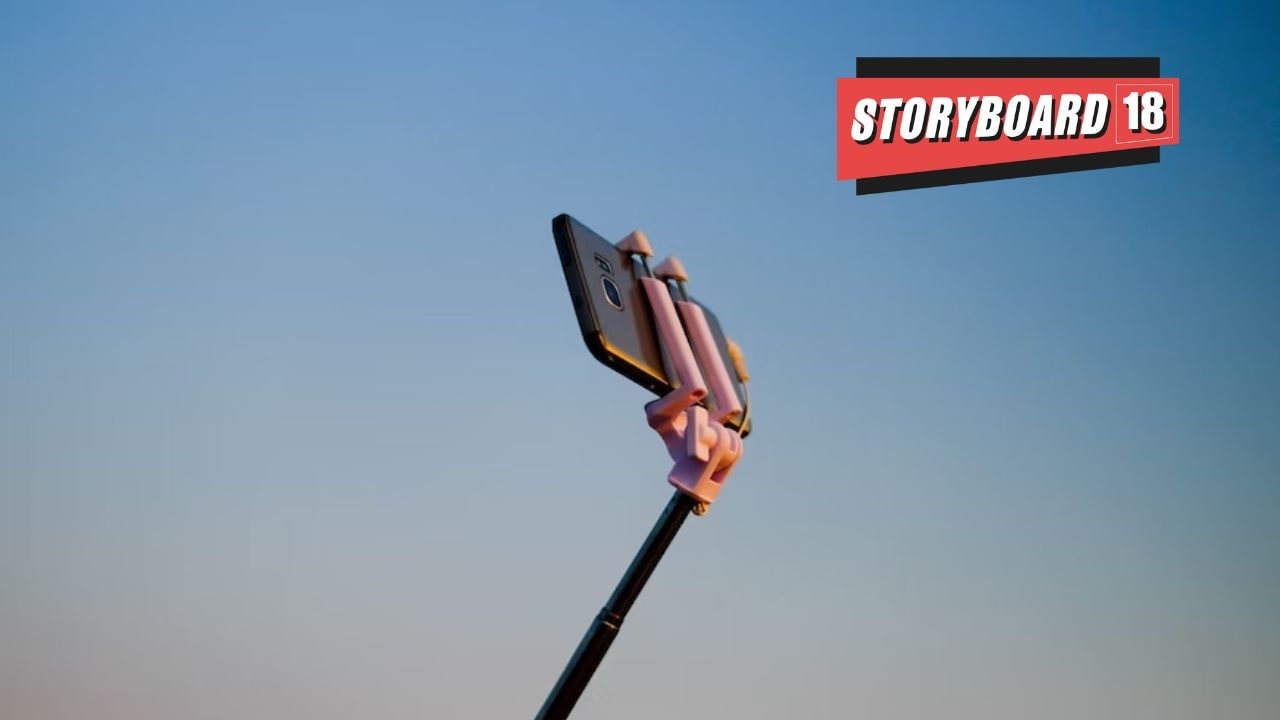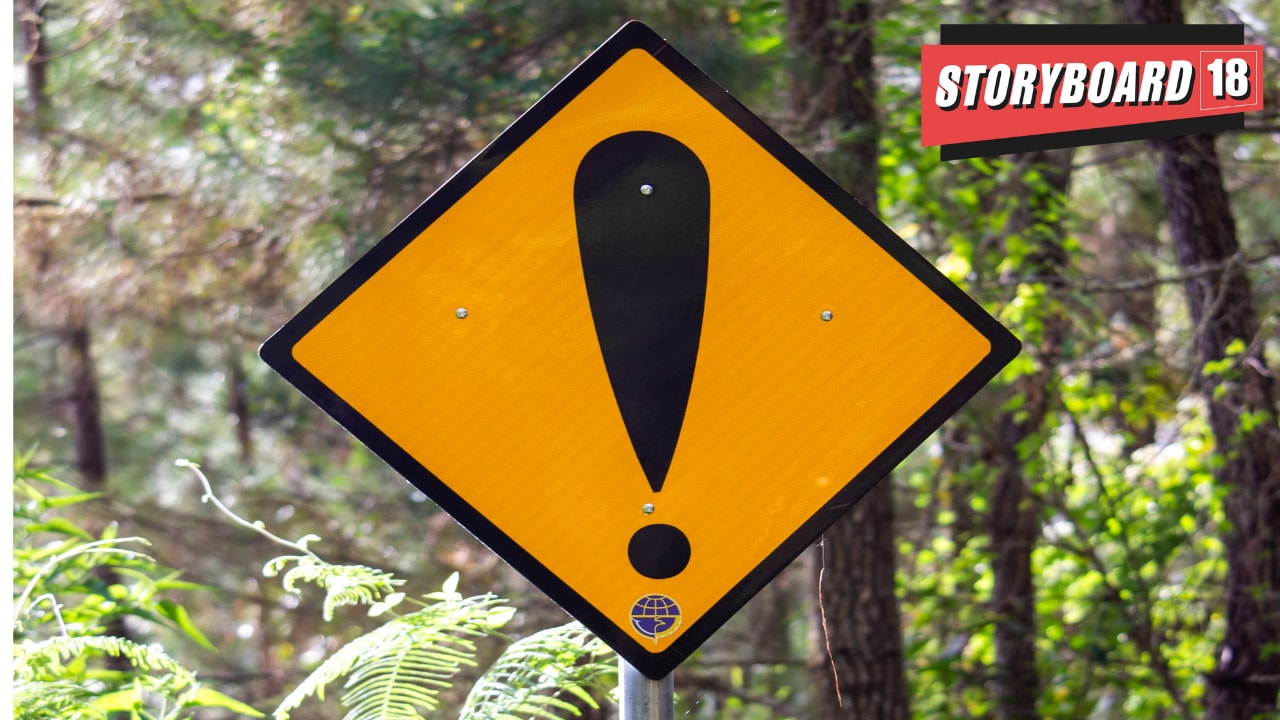Revant Himatsingka, known publicly as Foodpharmer, calls out Hindustan Unilever (HUL)-owned ketchup brand Kissan Tomato Ketchup and Nestle India-owned Maggi tomato ketchup for their high sugar content.
Tag: influencer marketing
Weekly Shorts: How brands can tune to ASMR for campaigns
What’s buzzing in influencer marketing and the creator ecosystem? What’s the next big thing coming down the line? Catch the big trends and hot topics in our weekly shorts.
Finfluencers get paid Rs5 lakh per post, celebrity status; But brands, finfluencers and consumers should be wary
Finfluencers have become extremely popular with millennials and Gen-Z. However, while brands put their faith in them for marketing, should consumers do the same too?
Beware of finfluencers: FM Nirmala Sitharaman warns about finfluencers and Ponzi schemes, urges consumers to be wary
FM Nirmala Sitharaman on Sunday, spoke about Ponzi schemes and influencers and how consumers should be wary of both.
Indian content creators seek accreditation from government for improved industry ecosystem
Gambling and betting ads and promotions and using children in content creation are areas of influencer marketing under the Government’s scanner.
Weekly Shorts: Four ways to market books through #Bookstagram
What’s buzzing in influencer marketing and the creator ecosystem? What’s the next big thing coming down the line? Catch the big trends and hot topics in our weekly shorts.
Influencers dumping brands: Should marketers be worried about ‘deinfluencing’?
Deinfluencing could be considered another form of “influencing”, based on the foundation of authenticity and transparency. But what can brands do when they get dumped?
Government meets influencers to tighten self-regulation to curb misleading ads
The department of consumer affairs had in January released endorsement guidelines for social media influencers to protect consumers from misleading advertisements.
Weekly Shorts: Nano influencers – cost-effective partnership for D2C brands as the influencer rates rise
With rising influencer rates, D2C brands are turning to nano influencers with 1k-10k followers to reduce their collaboration costs and create honest branded content for the younger audiences.
#TBH: Influencer business must iron out flaws in the ecosystem
Why the sector needs rigorous monitoring is because social media stars peddling products through their content wield more power over their followers. Depending on their qualifications, credentials, popularity, and level of audience engagement, influencers have an impact on consumer behaviour.
